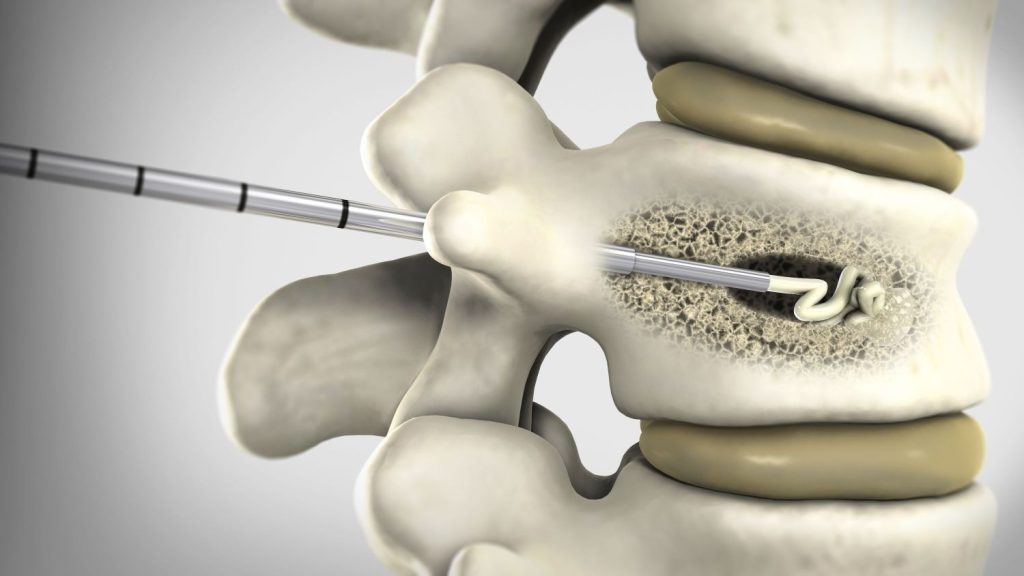Kyphoplasty in India starts from $5800. The total cost of the treatment depends on the diagnosis and facilities opted by the patient.
Kyphoplasty is also known as balloon kyphoplasty. It is a minimally-invasive surgical procedure that can repair spinal fractures caused by cancer, osteoporosis, or benign lesions. It is not used for spinal stenosis treatment.
Kyphoplasty procedure is designed to relieve the intense pain caused by vertebral compression fractures, to stabilize the bone or to bring back some or all of the lost vertebral body height due to the compression fracture. Kyphoplasty or balloon kyphoplasty is a superb replacement of the typical conventional therapies such as analgesic use, bed rest, and bracing. It is a quick remedy for severe pain due to vertebral compression. It eliminates the pain almost immediately and the risk of complications during kyphoplasty is low. However, it is not intended for the treatment of arthritis or intervertebral disc disease. Kyphoplasty is different from discectomy, which is conducted in case of a herniated disc. Discectomy completely removes the damaged or herniated disc from the vertebrae of the patient.
Laminectomy and vertebroplasty are two other procedures that follow different techniques for stabilizing fractures. Laminectomy works by removing the lamina to create space, vertebroplasty works by injecting cement into the broken or cracked spine. For the same reason, vertebroplasty cost is different from kyphoplasty cost.






